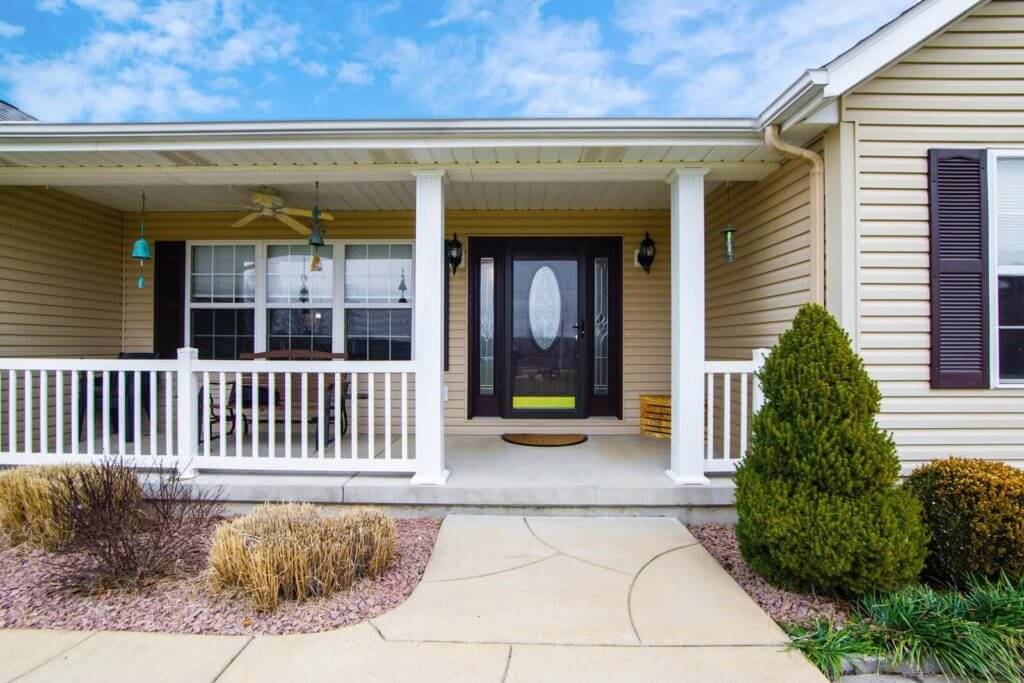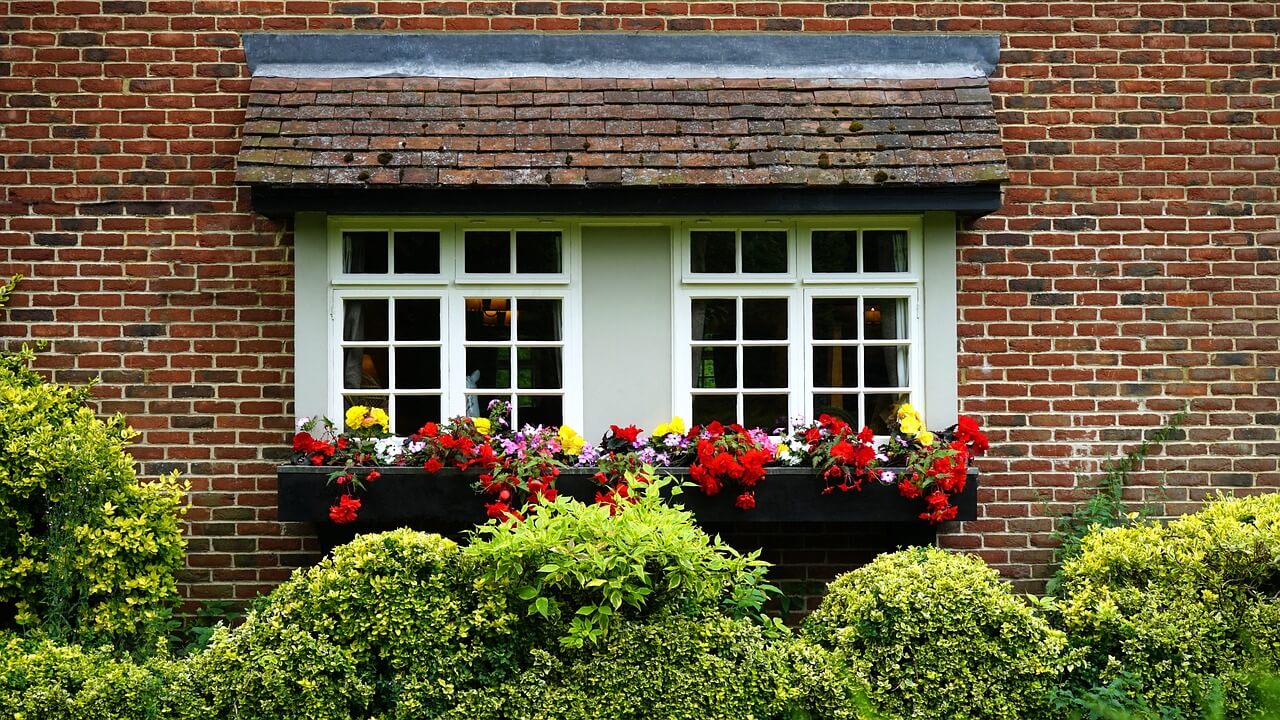Renovating Your Home's Exterior: Everything You Need to Know
Renovating your home's exterior is a major project that enhances its appearance, functionality, and value. Whether fixing aging materials or updating the property's look, successful renovation needs thorough planning. This guide covers assessing home conditions, material selection, and maintenance planning.

Assess the Current Condition of Your Exterior
Before you begin any renovation project, thoroughly assess your home's exterior. Look for signs of damage or wear, such as peeling paint, warped siding, or cracked windows. Inspect the foundation, roof, and gutters to ensure they are functioning properly. Check for moisture buildup, mold, or areas where pests may have entered.
This initial evaluation will help you identify areas that need attention. Once you have a clear understanding of what needs repair or replacement, you can prioritize the different aspects of your renovation.
Update the Roof and Gutters
The roof and gutters are critical components of your home's exterior, and maintaining them is essential to protecting your home from water damage and other issues. If your roof is showing signs of aging, such as missing or curled shingles, leaks, or visible sagging, it may be time for a replacement. Roof materials vary widely, from affordable asphalt shingles to long-lasting metal roofing. Your choice will depend on your budget, aesthetic preferences, and the local climate.
Gutters also play a crucial role in directing water away from your home's foundation. Damaged or clogged gutters can lead to serious water damage, so it's important to ensure they are functioning properly. If your gutters are in poor condition, consider replacing them with more durable and efficient models. For expert guidance and services on roofing and gutters, you can visit www.wisebuildersrnr.com, and similar sites, to explore professional solutions that can help you keep these essential elements in top shape. Maintaining your roof and gutters will enhance your home's appearance and protect its structure in the long term.
Choose Durable and Suitable Materials
Choosing the right materials for your home's exterior is one of the most important decisions you'll make during the renovation process. Opt for materials that enhance aesthetics and endure the local climate with minimal maintenance needs. For siding, common choices include vinyl, wood, brick, and fiber cement. Vinyl is known for its affordability and low maintenance, while wood offers a classic look but requires regular upkeep. Fiber cement is a more durable and weather-resistant option.
When selecting materials, consider how each one will impact the overall aesthetic and longevity of your home. In addition to siding, think about the types of windows, doors, and exterior finishes that will complement your home's style and improve its energy efficiency.

Improve Energy Efficiency
Exterior renovations provide an excellent opportunity to increase your home's energy efficiency. One of the simplest ways to achieve this is by upgrading your windows and doors. Energy-efficient windows, such as those with double or triple-pane glass, can significantly reduce heat loss and lower your energy bills. Replacing drafty doors with insulated, energy-efficient models can also make a noticeable difference in your home's comfort.
If you're replacing your roof, consider energy-efficient roofing materials such as cool roofs, which reflect more sunlight and absorb less heat. Adding insulation to the walls or roof can further enhance your home's energy efficiency, helping to reduce the strain on your heating and cooling systems.
Incorporate Landscaping and Lighting
While the main focus of an exterior renovation is often on the home itself, don't forget the surrounding landscaping and outdoor lighting. Thoughtful landscaping can enhance your home's curb appeal and provide functional outdoor spaces. Simple updates, such as adding flower beds, shrubs, or trees, can make a big difference in the overall look of your property. If you're considering a major landscaping overhaul, consider how features like walkways, patios, and retaining walls can complement the exterior design.
Outdoor lighting is another element that shouldn't be overlooked. Proper lighting can highlight your home's architecture and make it safer at night. Solar-powered or low-energy lighting options can provide adequate illumination for walkways and driveways while keeping energy costs low.
Plan for Regular Maintenance
After completing your exterior renovation, plan for ongoing maintenance to ensure your home stays in good condition. Over time, weather and environmental factors can cause wear and tear on your home's exterior, so a regular maintenance schedule is essential.
Tasks like cleaning the siding, inspecting the roof, clearing out the gutters, and checking for cracks or peeling paint should be done periodically. Wooden elements may require re-staining or painting, and any areas prone to moisture should be checked for mold or mildew. Planning for these small but important tasks will prevent bigger issues from arising and extend the life of your renovation.
Renovating your home's exterior is a worthwhile investment that can improve its appearance, energy efficiency, and overall value. With the right approach, your home's exterior will look great and provide lasting protection and comfort for years to come.